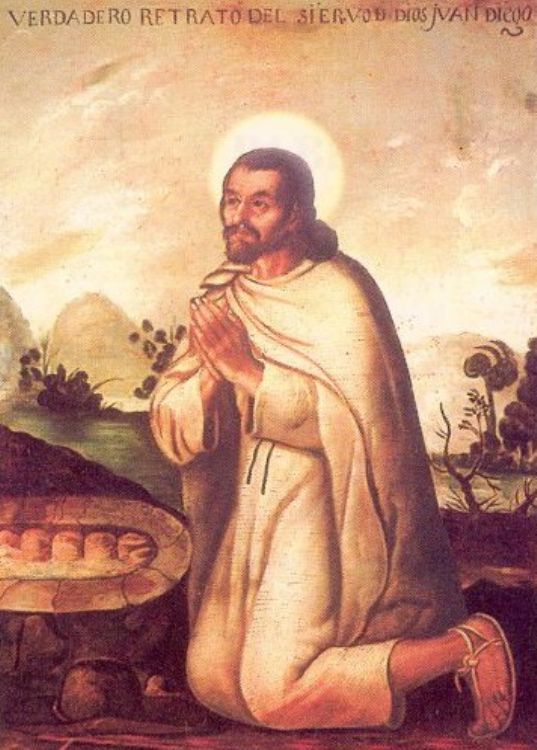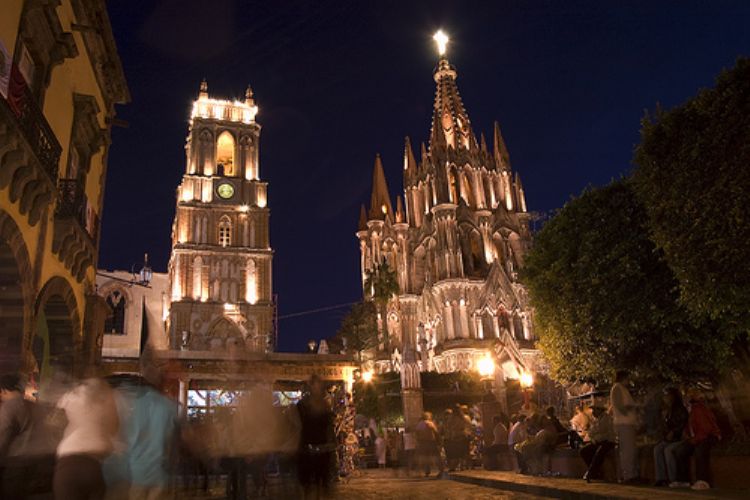.jpg)
Mexico offers mountain climbers tempting peaks to explore...

The cultural richness of the state of Guerrero represents indeed a heritage of the whole country. The local craftsmanship expressed in the shape of shellac, silver and gold delicate objects, as well as the exquisite embroidered textiles, are highly regarded internationally, not to mention various succulent platters present in the local gastronomy.
Meal time in Guerrero is usually a motive of celebration, as its cuisine enjoys the multiple influence of indigenous, Spanish and French ingredients and traditions, as well as the culinary legacy left behind in the state by the French congregation of the order of the Verbo Encarnado in the XIX century. Some of the favorite local dishes include the mole de jumil, made of an insect and typical of Taxco; the pigeons and quail from Iguala; the pulp from Acapulco; the rice sponge cake from Teloloapan; the thick maize tortillas known as memelas; a hot maize drink called atole; and the green stew, just to name a few.
An art of great tradition in Guerrero is that of pottery, and local artisans happen to mix clay with pieces of cotton in the production of lovely jars, vases, jugs, pots and sculptures, then to be elaborately painted and decorated with paintbrushes once they have properly dried. Indigenous tradition applied to the fabrication of such items gives an aggregate value to the artistic production of pottery in some localities along the central state valley, such as Zacoalpan, Nuitzalapa, Atzacuoyala, Tixtla, Zumpango de Neri and Huitzuco.
The National Silver Fair is celebrated in Taxco, the silversmith capital of the nation, while goldsmith tradition is stronger in Iguala, Ciudad Altamirano, Cocuya de Catalan, and Arcelia Ometepec.
On the other hand, handicrafts made of wooden shellac are original from the communities of Olinala, Temalcalcingo, Ocotepec and Acapetlahuaya. The particular scent of the wood has a wide demand across international markets, which usually trade objects such as small boxes, trays, masks and jewel cases, as well as frames and folding screens.
Other items enjoying international prestige include the drawings and paintings that cover the objects displayed in the Xalitla artisan market, not to mention the famous painters from Guerrero, who are profusely hired to execute beautiful murals across Mexico and abroad as well.
Native women belonging to the mixteca, amuzga and nahoas communities still dress in their indigenous traditional fashion, and they actually weave every one of the intricate and colorful patterns seen in their garments. Another example of the local cultural richness can be found in the native groups of Tlacoachistlahuaca,
Xochistlahuaca, Yoloxochily and Chilapa, which produce world class woven products such as table cloths, napkins, shawls and embroidered dresses known as huipiles.
Dance is one of the most deeply rooted cultural expressions within the society of Guerrero, who have in fact danced throughout the history of the state to celebrate, evangelize, as social protest or simply for representing the fauna and flora of the place.
Thus, some of the main performances include the Dance of the Corn Sowers which takes place in the central part of the state; the Dance of the Devils, which is meant for teaching the differences between good and evil; the Dance of the Manueles, through which the common citizen would free their rage against the high social classes during the XVIII century; the Dance of the Tecuani, which describes the hunt for the tiger, which in nahuatl tongue means "something that eats"; as well as other manifestations such as the dances of the Tejoneros, the Maizeros, the Pescadores, the Zopilotes, the Moros and the dance of los Machos.
And of course, the musical expression appears hand in hand with the dancing tradition in the state of Guerrero, which has produced great Mexican composers and singers-songwriters, the most famous of which are Margarito Damian Vargas, Antonio Delgado, Juan Bartola Tavira, Vidal Ramirez, Aurelio Galindo, the first Mexican trio called Los Cancioneros del Sur, as well as tropical and popular music bands, like Los Yonics, Grupo Caribe and Acapulco Tropical.
.jpg)
Mexico offers mountain climbers tempting peaks to explore...

The oil industry in the world has changed dramatically in...

These delicious tacos originated in the city of Puebla as...

Ten years after the Conquest of Mexico, on the 9th of Dec...

The son of diplomatic parents, Carlos Fuentes was born in...

The Magical Towns of Mexico are cities that have witnesse...

The history behind this tax is known by almost all of us:...

The oil industry in the world has changed dramatically in...
.jpg)
Teatro de Bellas Artes
Th...

Ten years after the Conquest of Mexico, on the 9th of Dec...

Playa Mujeres This is one of the most ex...


In a country where tourism is a major revenue is not surp...